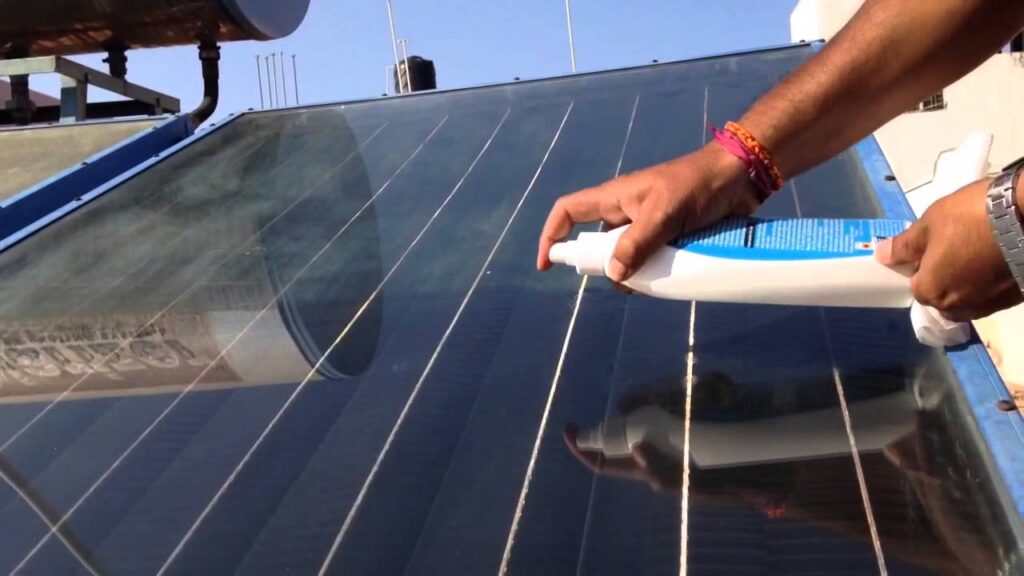Solar panels are coated with various materials to enhance their performance, durability, and efficiency. The coatings serve different purposes and are applied to different layers of the solar panel structure.
- Antireflective Coating: Solar panels are exposed to sunlight, and reflections can cause some of the incoming sunlight to bounce off the surface without being absorbed by the solar cells. Antireflective coatings are applied to the front surface of solar panels to reduce reflection and increase light absorption. By minimizing reflections, more sunlight can reach the solar cells, improving overall efficiency.
- Anti-Soiling Coating: Solar panels can accumulate dust, dirt, and other environmental contaminants over time, which can reduce their performance. Anti-soiling coatings are designed to repel dirt and facilitate self-cleaning through rainfall. This helps maintain the transparency of the panel surface and ensures optimal light transmission to the solar cells.
- Hydrophobic Coating: Hydrophobic coatings are water-repellent coatings that prevent water droplets from sticking to the surface of the solar panels. These coatings promote the shedding of water, making it easier for rain to wash away dirt and debris. By keeping the surface clean, hydrophobic coatings contribute to maintaining the efficiency of the solar panels.
- Encapsulation Material: Solar cells are typically encapsulated in a transparent and protective material to shield them from environmental factors like moisture, dust, and mechanical damage. This encapsulation helps preserve the integrity of the solar cells and ensures a longer lifespan for the solar panel.
- Backsheet Material: The backsheet of a solar panel, which is the layer on the back side of the solar cells, is often coated with materials that provide insulation and protection against environmental conditions. This helps prevent moisture ingress and enhances the overall durability of the solar panel.
- Anti-PID Coating (Potential-Induced Degradation): Some solar panels are coated to resist potential-induced degradation, a phenomenon that can occur when voltage potential differences exist between the cells and the frame of the solar panel. Anti-PID coatings help prevent degradation and maintain the long-term performance of the solar panel.
- UV-Resistant Coating: Solar panels are exposed to sunlight, including ultraviolet (UV) radiation, which can cause degradation of materials over time. UV-resistant coatings are applied to protect against the harmful effects of UV radiation and help extend the lifespan of the solar panels.
These coatings collectively contribute to the overall performance, efficiency, and longevity of solar panels. They are designed to address specific challenges related to environmental exposure, ensuring that the solar panels can continue to generate electricity effectively over their operational lifespan.


